Special guests at the event (who will join us in person or virtually) include our partners from Tsinghua University and the NGO Clean Air Asia:
Professor Zhiyong Fu, Tsinghua Academy of Arts & Design
Mustafa Kirwan, Director of Branding, Reignwood Group
Dr. Fu Lu, China Director, Clean Air Asia
Check out more details on the Symposium page of the International Urbanization website.
UPDATE: Our event is featured on the events.stanford.edu page!
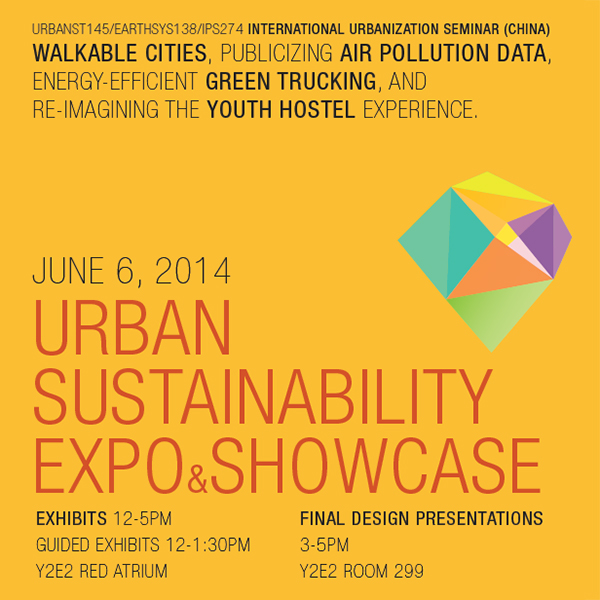
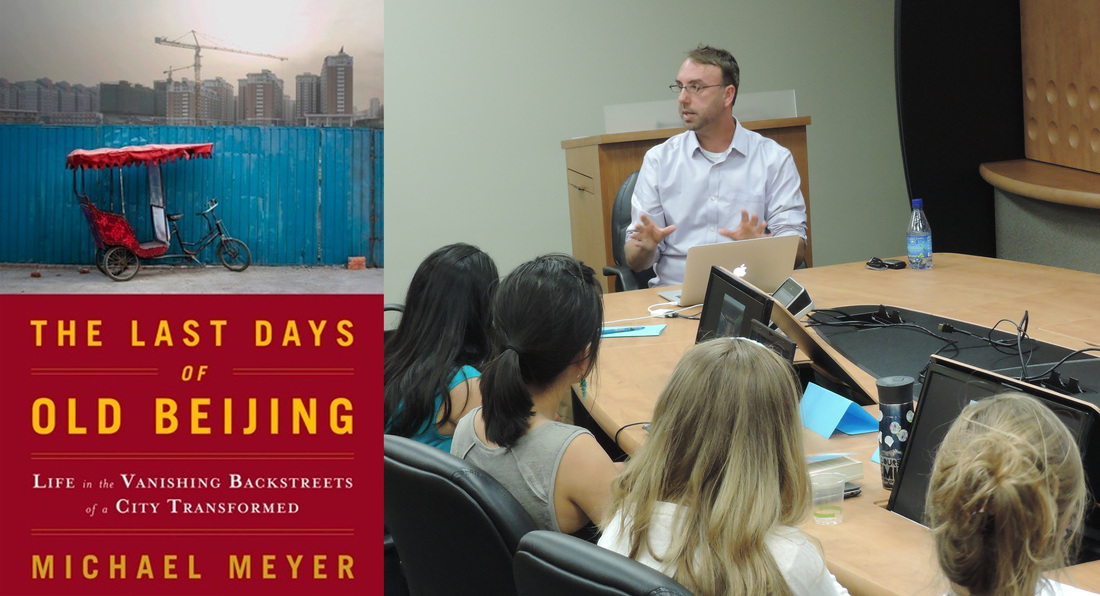
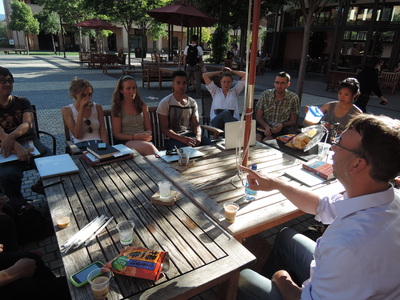
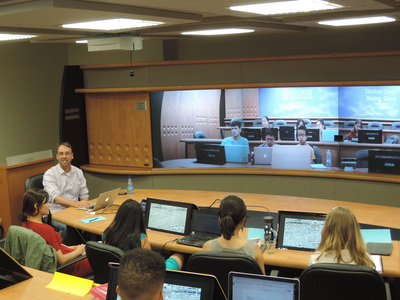
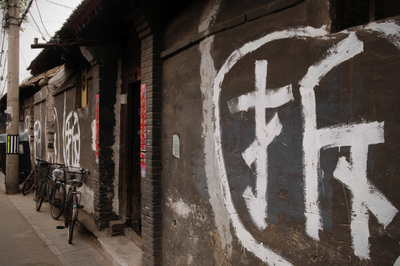
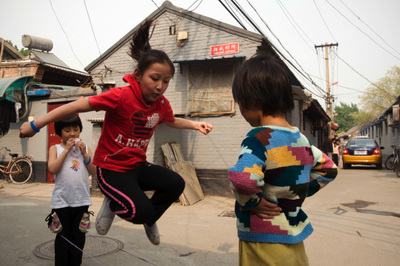
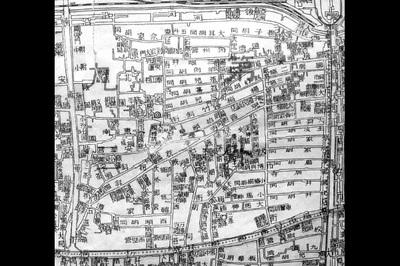
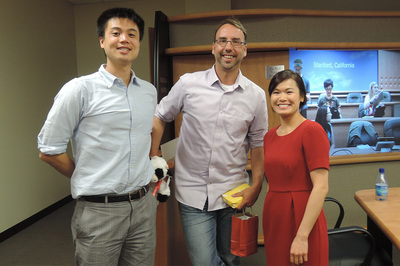
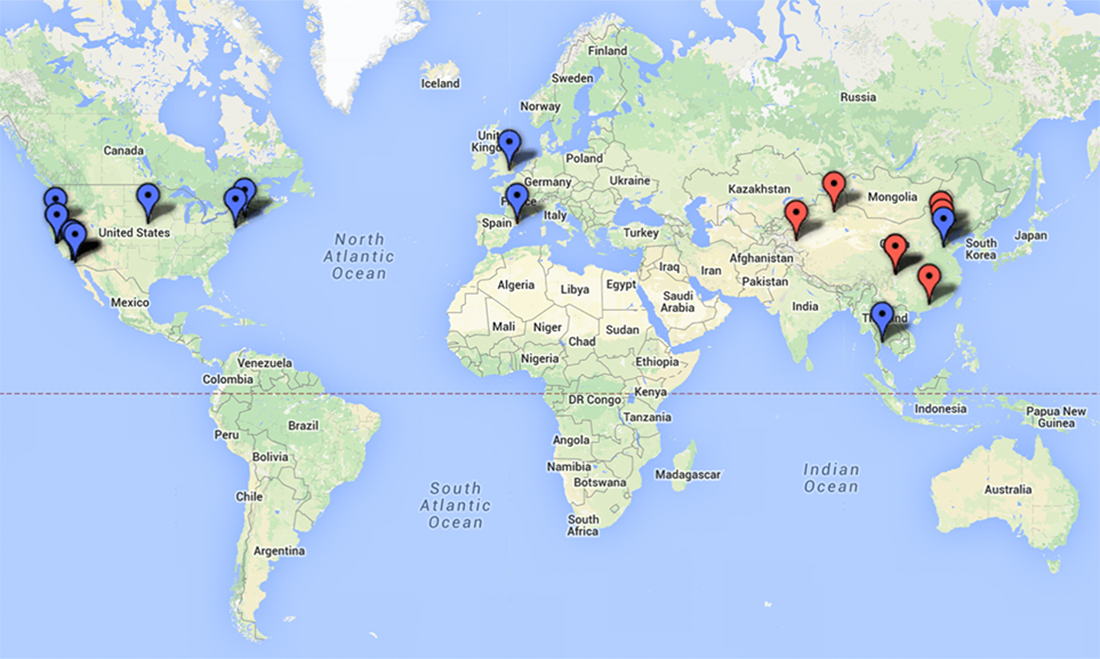
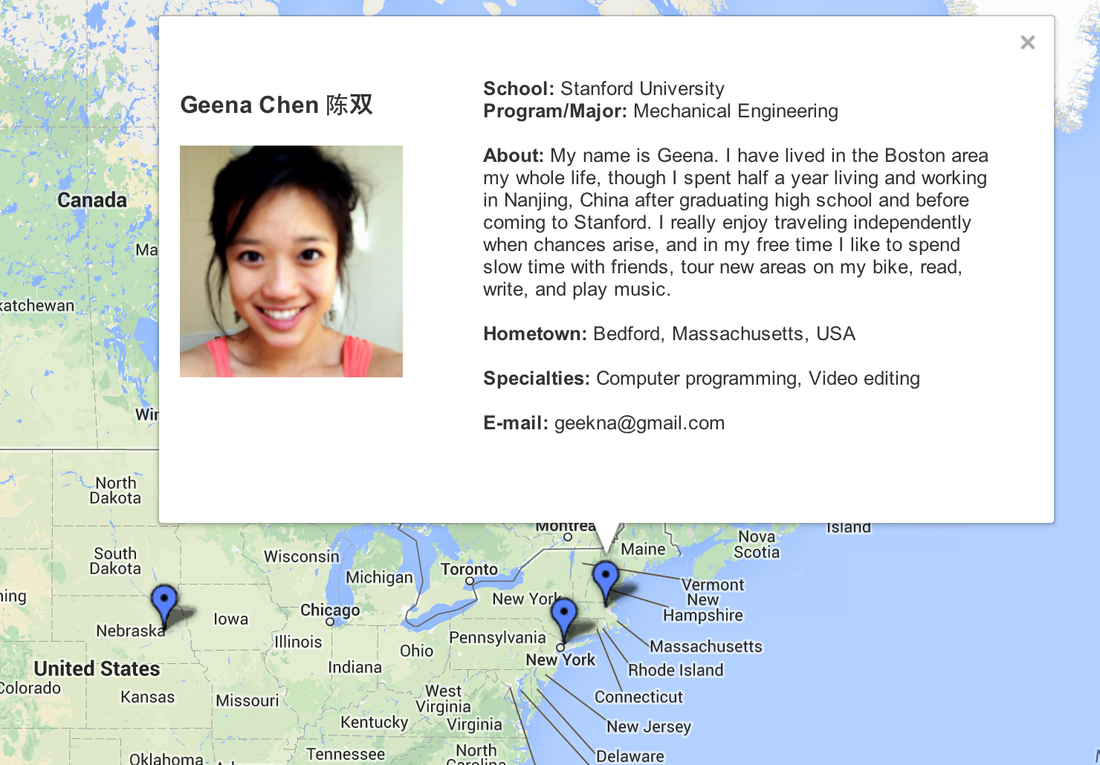
 RSS Feed
RSS Feed
